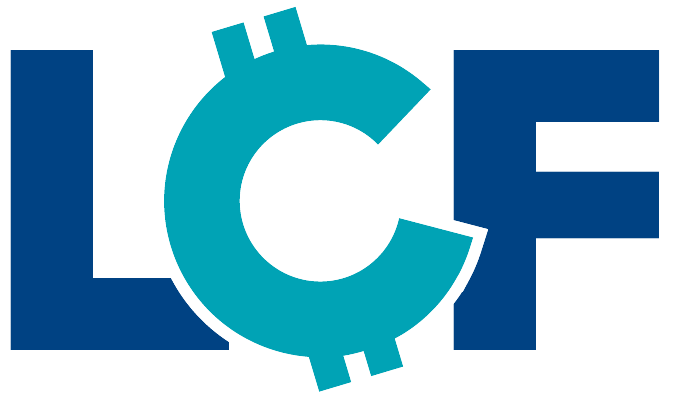Maximize Cash Flow: Mastering Small Business Debt Refinancing
Lets Get Started
Small business debt refinancing is a strategic financial decision that many business owners consider to manage their existing loans and improve their cash flow. In this blog post, we’ll explore the concept of debt refinancing, its benefits and drawbacks, and how small business owners can take advantage of this financial tool to achieve their business goals.
What is Debt Refinancing?
Debt refinancing is the process of taking out a new loan or other form of funding to pay off existing debt, such as a small business loan, credit card balances, or other lines of credit. The primary goal of refinancing is to secure better terms, such as a lower interest rate or longer repayment period, to reduce daily, weekly or monthly payments and improve cash flow.
Is Debt Refinancing the Same as Debt Consolidation?
Debt consolidation and debt refinancing are two distinct financial strategies that businesses can use to manage their debt, but they serve different purposes. Debt consolidation involves combining multiple outstanding loans or credit lines into a single loan with one monthly payment. This simplifies the debt management process and can potentially lower the overall interest rate, making it easier for the business to manage its debt repayments.
On the other hand, debt refinancing refers to the process of replacing an existing loan with a new one, typically at a lower interest rate or with more favorable repayment terms. This can help the business save on interest expenses and improve its cash flow by extending the original loan’s repayment period. While debt consolidation can involve refinancing as part of the process, debt refinancing does not necessarily involve consolidating multiple debts into one.
Benefits of Small Business Debt Refinancing
Lower Interest Rates
One of the primary reasons a business might want to refinance its debts is to take advantage of lower interest rates. By refinancing high-interest debt with a new loan that has a lower interest rate, the business can reduce its overall interest expenses, potentially saving a significant amount of money over the life of the loan.
Lower Monthly Payments
In many cases, refinancing a current debt means extending the repayment schedule. That means your existing debt can potentially come with lower monthly payments. Smaller loan payments free up cash flow for other business expenses or investments, providing more short-term working capital.
Optional: Consolidating Multiple Debts
Refinancing can help you consolidate multiple debts into a single loan with one monthly payment, simplifying your finances and making it easier to manage your business debt. If you’ve got multiple current loans and wish you could just make one payment each month, a refinance loan could help.
Improved Credit Score
Timely repayment of a refinanced loan can help improve your credit score over time. A better credit score may lead to more favorable loan terms and lower interest rates on future borrowing.
A business credit score is calculated based on several factors that reflect the creditworthiness and financial health of a business. The main credit bureaus – Dun & Bradstreet, Experian, and Equifax – each have their proprietary methods for calculating business credit scores, but they generally consider similar factors.
These factors include payment history, which reflects the timeliness of payments to suppliers, lenders, and other creditors. The longer and more consistent a business’s payment history, the more positively it impacts the credit score.
Credit utilization is another factor representing the proportion of available credit a business uses. Lower credit utilization typically leads to a higher credit score. The length of credit history also plays a role, as a longer credit history with a positive track record contributes to a better score.
Additionally, credit bureaus consider public records such as bankruptcies, liens, and judgments, which can negatively affect a business’s credit score. Finally, factors like company size, industry risk, and financial stability also contribute to the calculation of a business credit score.
Drawbacks of Small Business Debt Refinancing
Prepayment Penalties
Some existing loans may come with prepayment penalties if you pay off the loan before its term ends. This additional cost can offset the benefits of refinancing, so it’s crucial to consider any potential penalties before proceeding.
Longer Repayment Periods
While extending the repayment period can lower monthly payments, it may also increase the total amount of interest paid over the life of the loan. Carefully assess whether the short-term cash flow benefits outweigh the long-term costs of refinancing business debt.
Closing Costs and Fees
Refinancing a loan can come with closing costs and fees that may offset the potential savings. Before deciding to refinance, ensure the benefits outweigh the costs involved.
How to Refinance Small Business Debt
Before refinancing, review your existing loans, outstanding balances, interest rates, and repayment terms. This will help you determine whether refinancing makes financial sense for your business.
Check Your Credit Score
A strong credit score is essential for securing favorable refinancing terms. Review your credit report and work on improving your credit score if necessary.
Shop Around for the Best Deal
Contact different lenders to inquire about their refinancing options and rates. Comparing offers from multiple lenders can help you secure the most favorable terms for your business.
Prepare Financial Documents
Gather necessary financial documents, such as bank statements, financial statements, and tax returns. Having these documents ready will streamline the refinancing application process.
What Types of Business Financing Work to Refinance Business Debt?
There are several types of business financing options available to refinance debt. Some of the most common loan options (and alternative financing options) include:
Term loans: Term loans are a popular option for refinancing debt, as they offer a lump sum of money that can be used to pay off existing debt. These loans typically come with fixed interest rates and repayment terms, allowing businesses to plan their monthly payments more effectively.
SBA loans: Small Business Administration (SBA) loans are government-backed loans that can be used for refinancing existing business debt. The SBA 7(a) loan program, in particular, is designed to help small businesses refinance their debt under more favorable terms, such as lower interest rates and longer repayment periods.
Business lines of credit: A business line of credit provides access to a revolving credit line that can be used to refinance debt. This financing option is flexible, as businesses can draw funds as needed, and interest is only charged on the amount used.
Balance transfer credit cards: Some business credit cards offer balance transfer promotions with low or 0% interest rates for a specific period, which can be a cost-effective way to refinance high-interest debt.
Equipment loans: Businesses can consider equipment loans if the refinanced debt is specifically tied to equipment. These loans are often secured by the equipment itself and can have lower interest rates compared to unsecured loans.
Alternative Financing
Merchant cash advances (MCA): Although not a loan, a merchant cash advance can be used to refinance existing debt. MCAs provide a lump sum in exchange for a percentage of future revenue. And these often fund faster than bank loans, and have less stringent requirements.
Invoice factoring: If a business has outstanding invoices, invoice factoring can provide immediate cash by selling the invoices to a factoring company at a discount. This cash can then be used to refinance existing debt. However, this option may not be suitable for all businesses, as it depends on the business’s invoicing practices and client base.
Conclusion
Small business debt refinancing can be a valuable tool for managing business debt and improving cash flow. However, it’s essential to carefully weigh the benefits and drawbacks before deciding to refinance.





